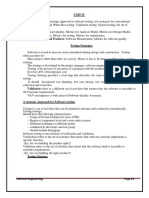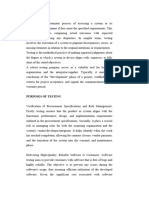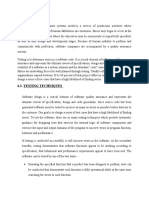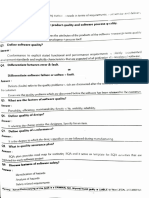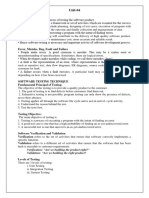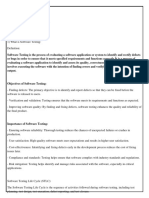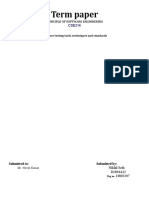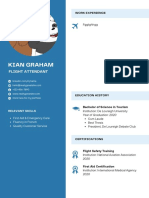0% found this document useful (0 votes)
8 views17 pagesSTQA Notes Chapter 3
The document outlines various software testing strategies, including unit testing, integration testing, validation testing, and system testing, emphasizing their importance in ensuring software quality and reliability. It discusses the objectives of software testing, advantages, and disadvantages of different testing types, and provides guidelines and techniques for effective testing. Additionally, it highlights the significance of early defect detection and the role of testing tools and methodologies in the software development lifecycle.
Uploaded by
mrlegendffserverCopyright
© © All Rights Reserved
We take content rights seriously. If you suspect this is your content, claim it here.
Available Formats
Download as PDF, TXT or read online on Scribd
0% found this document useful (0 votes)
8 views17 pagesSTQA Notes Chapter 3
The document outlines various software testing strategies, including unit testing, integration testing, validation testing, and system testing, emphasizing their importance in ensuring software quality and reliability. It discusses the objectives of software testing, advantages, and disadvantages of different testing types, and provides guidelines and techniques for effective testing. Additionally, it highlights the significance of early defect detection and the role of testing tools and methodologies in the software development lifecycle.
Uploaded by
mrlegendffserverCopyright
© © All Rights Reserved
We take content rights seriously. If you suspect this is your content, claim it here.
Available Formats
Download as PDF, TXT or read online on Scribd
/ 17



















